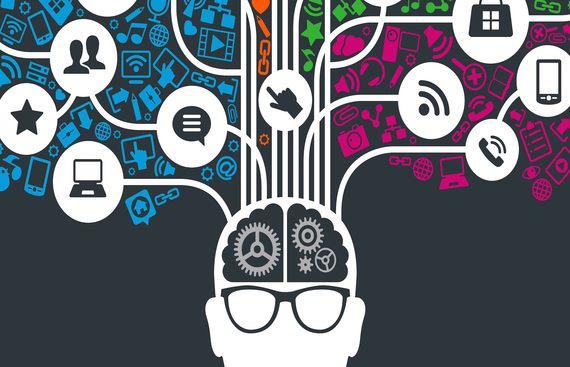How Businesses Could Use Neuromarketing to Influence Consumers

With the changing scenarios, every business relentlessly in search of new approaches to take its products or services to the consumers. However, on the consumer front we come across numerous commercials and marketing ads on a daily basis, but, what grabs our attention and triggers us to opt for the product or service is where the catch lies. According to Statista, in 2019 the Indian advertising sector has generated a revenue of about  795 billion and the sector has witnessed a consistent rise in revenue in the past decade. Also, the industry is expected to collect more than one trillion rupees in revenue by 2022. Thus, every business prefers an innovative marketing strategy to keep the consumers hooked to their products or services. Neuromarketing is one of the marketing strategies in fact it is a new science of marketing that enables the marketer to analyze the consumer’s brain to envisage and trick their behavior and decision making favoring the business.
795 billion and the sector has witnessed a consistent rise in revenue in the past decade. Also, the industry is expected to collect more than one trillion rupees in revenue by 2022. Thus, every business prefers an innovative marketing strategy to keep the consumers hooked to their products or services. Neuromarketing is one of the marketing strategies in fact it is a new science of marketing that enables the marketer to analyze the consumer’s brain to envisage and trick their behavior and decision making favoring the business.
This neuromarketing implements neuroscientific procedures that use a varied range of tools and techniques to analyze and map neuronal activity and grasp how the consumer’s brain counters to different somatosensory stimuli. Consequently, the customer’s cognitive, emotional as well as behavioral information are captured and accordingly marketing tactics are designed.
How Businesses Implement NeuroMarketing
Generally, the neuroscientific techniques are segmented into three parts such as
- Recording brain physiological activity that maps the entire CNS (central nervous system).
- Mapping the other physiological activity involving the PNS (peripheral nervous system).
- Finally, to record the behaviour and conduct of the consumer.
In order to record thesebrain activities various tools are used. Accordingly, the first stage of mapping uses tools such as Electroencephalogram (EEG), Functional MagneticResonance (fRMI), Magnetoencephalography (MEG), Positron-emission tomography (PET), and Steady-State Topography (SST). While, PNS mapping involvestechniques namely Electrocardiogram (ECG), Galvanic skin response (GSR), Eye-tracking, Electromyogram (EMG), Facial Coding. Lastly, to analyze the consumer’s behavior theneuroscientific techniques applied are Implicit Response Test (IRT), Indoor positioning techniques (Indoor-GPS).
Scope of Marketing in India
In India, the advertising industry has evolved a long way from being a small-scale business to today being one of the leading industry, it has been estimated to double its value from $8 billion to over $16 billion by 2020. India is one of the fastest-growing ad markets in the world as a proof it propagated by 11 percent in 2019, despite of various fluctuations in the market ad industry witnessed a steady progression. This industry is the massive revenue-producing one hence major part of the country’s economy indirectly rely on this sector.
How Neuromarketing Influence Consumers
When it comes to shopping customer’s decision making plays a crucial role in selecting the product or the brand. This decision is never right or wrong, in fact the consumer would be least impacted by the product chosen while using it. But, making the decision of pick the products is where influencing comes in. Here is when the marketers prefer to analyse and read through their customer’s minds and understand their requirement and give them relevant suggestion. These suggestion given by the marketers are also crucial as that aids in building in the goodwill for the brand as well as the influencer to bring the consumers back to them for future shopping.
Neuromarketing relies on one assumption that the facts could be gleaned through directly from the consumer’s brain. This brings out the information that the consumers are not able to lucid through words. To gather this information, traditionally the marketers use customer surveys, product presentation, and ads this combo is carried out through electroencephalography (EEG) recordings, skin conductance, and eye-tracking. However, the venture of fMRI has eased the process of interpreting the scanned information.
Neuromarketing is used to promote a brand that is based on the psychological traits of a target audience. Several brands could promote their products by using many different facets of neuromarketing. Thus, neuromarketing is expected to further emerge with new scientific findings in the forthcoming years.
Read More News :
Amazon Sends Legal Notice to Future Group Citing Contractual Breach
India's First B2B Crypto Exchange DigitX Kick Starts its Operation


.jpg)
